 CNBC reports that Maya Merhige, a 15-year-old from Berkeley, California, successfully swam around the entire island of Manhattan in eight hours and 43 minutes on July 15th, becoming only the third person her age to complete the “20 Bridges Swim,” named for the bridges that swimmers pass under during their journey.
CNBC reports that Maya Merhige, a 15-year-old from Berkeley, California, successfully swam around the entire island of Manhattan in eight hours and 43 minutes on July 15th, becoming only the third person her age to complete the “20 Bridges Swim,” named for the bridges that swimmers pass under during their journey.
The 28.5-mile swim was worth more than bragging rights. Since 2020, she has been doing long-distance swims in partnership with Swim Across America, a nonprofit that hosts charity swims and donates the funds to cancer research. So far, she has raised over $17,000 this year. Since she started swimming for cancer research funding, she’s raised over $75,000.

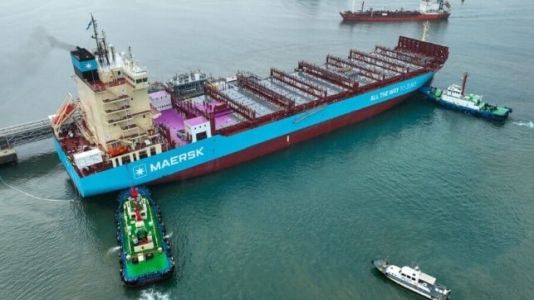 Back in 2021, we
Back in 2021, we  We have posted about
We have posted about 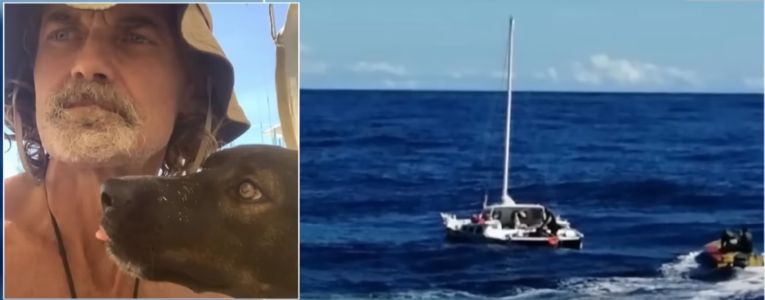 An Australian sailor and his dog were recently rescued by a Mexican tuna trawler after surviving for almost three months at sea.
An Australian sailor and his dog were recently rescued by a Mexican tuna trawler after surviving for almost three months at sea. The
The  When the
When the 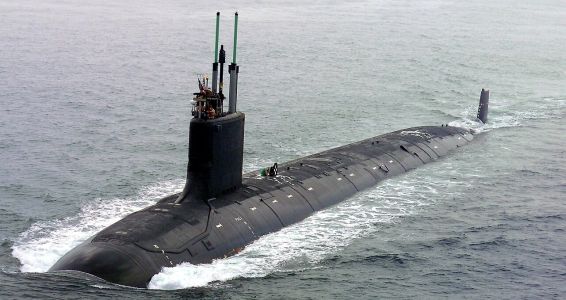
 We have followed the
We have followed the  In Miguel de Cervantes’ epic novel
In Miguel de Cervantes’ epic novel  Last Wednesday night at 9:38 PM, a fire broke out on the 10th deck of the ro-ro/container ship,
Last Wednesday night at 9:38 PM, a fire broke out on the 10th deck of the ro-ro/container ship,  The much-anticipated live-action movie
The much-anticipated live-action movie 
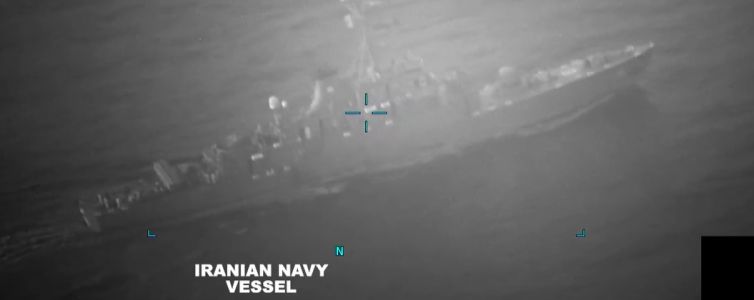
 An updated repost fitting for the day.
An updated repost fitting for the day.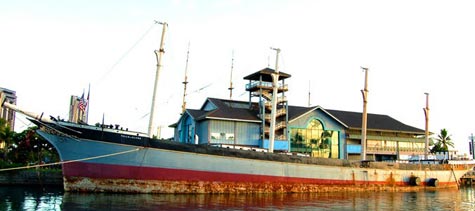 Last week, the State of Hawai’i Department of Transportation issued
Last week, the State of Hawai’i Department of Transportation issued 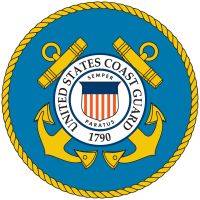
 The
The 

 Wendy Rush, the wife of the late Stockton Rush, the co-founder of OceanGate and pilot of the Titan when the submersible imploded, is a
Wendy Rush, the wife of the late Stockton Rush, the co-founder of OceanGate and pilot of the Titan when the submersible imploded, is a